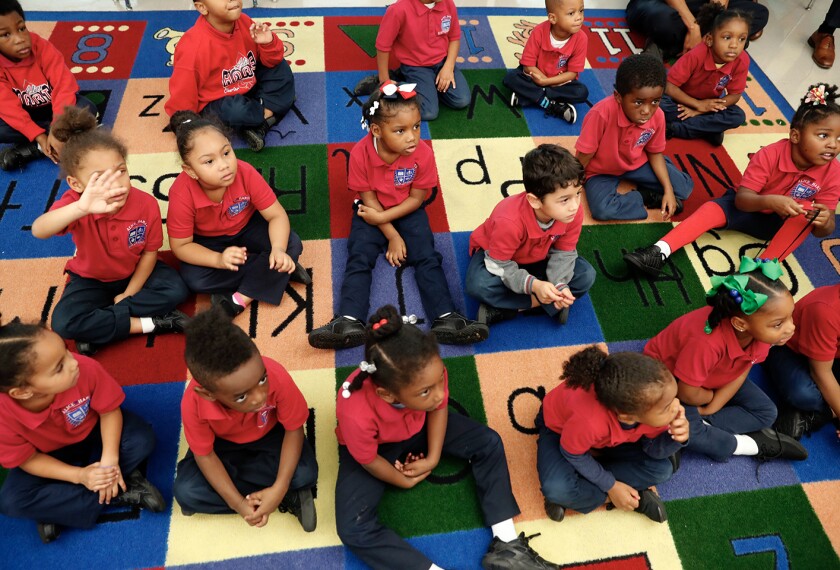The University of North Carolina at Chapel Hill has received an $8 million grant to conduct research on preschool education programs for children with autism spectrum disorders, and to create a professional-development center that will produce more teachers prepared to teach students with the communication disorder.
The Frank Porter Graham Child Development Institute received $3 million for the preschool education research project. Two specific, well-known educational methods for students with such disorders will be compared for effectiveness against each other, according to Samuel L. Odom, the executive director of the center. The four-year research project will evaluate 350 to 400 children in several states, he said.
Autism is described as a “spectrum disorder” because it varies in severity from person to person. The disorder is marked by impairments in communication and social interaction and the presence of unusual, repetitive activity, and has been growing in prevalence over the past decade. According to a report released this year by the federal Centers for Disease Control and Prevention in Atlanta, about 1 out of every 150 children studied in 14 sites had an autism spectrum disorder.
For decades, the prevalence was believed to be much lower, at four or five cases for every 10,000 children. In 2004, a different CDC study found that autism spectrum disorders occurred in about one out of every 166 children.
The increasing prevalence makes studying the disorder a major area of concern, Mr. Odom said. “School systems are very much under pressure to show they’re providing effective programs,” he said.
The two programs to be evaluated are known as Treatment and Education of Autistic and related Communication-handicapped Children or TEACCH, and Learning Experiences—An Alternative Program for Preschoolers and Parents, or LEAP.
TEACCH tends to focus on the needs of the child with autism by minimizing distractions and using highly predictable routines. LEAP emphasizes learning in regular early-childhood activities with help from typically developing classmates.
Help for Teachers
In addition, the researchers will be evaluating children in a “business as usual” classroom, Mr. Odom said, which could use some of the same techniques advocated in the TEACCH or LEAP model, but not to the same degree of organization.
In addition to assessing the effectiveness of the programs, Mr. Odom said the research project will also determine if there are some students who do better in one program compared with another, based on the severity of their disorders.
Another $5 million will go toward the establishment of the professional-development center, which will provide targeted assistance to 12 states. Deborah D. Hatton, a senior scientist at the Child Development Institute, will lead that effort.
The institute will partner with two universities in Wisconsin and California to craft online training for teachers. Districts will share successful practices with one another. Eventually, the professional-development center will create teaching modules that will be developed nationwide.
Many teachers are already using effective practices with their students, Ms. Hatton said.
‘Evidence-Based Practices’
She added, however, that “many people still do not know what evidence-based practices are and what evidence-based practices work best for children with autism spectrum disorders.”
The professional development program will be a way of sharing effective practices and making the most of existing resources, she said. The project will begin July 1, with the first states scheduled to be selected by the end of the year.
Lee Grossman, the executive director of the Autism Society of America, in Bethesda, Md., said the focus on early intervention for both of the projects is key.
“We know that if we catch these kids early and provide appropriate and intense interventions, we can perhaps prevent the service costs over a lifetime by two-thirds,” he said. A member of his organization will be serving on an advisory panel overseeing the research, Mr. Grossman said.
Peter Bell, the executive vice president of Autism Speaks, an advocacy group in New York City, said training teachers in early-intervention techniques is as important as training physicians to recognize the early signs of autism spectrum disorders.
“We need to provide the kind of training that is necessary in order for teachers to help these kids in their classrooms,” he said.




